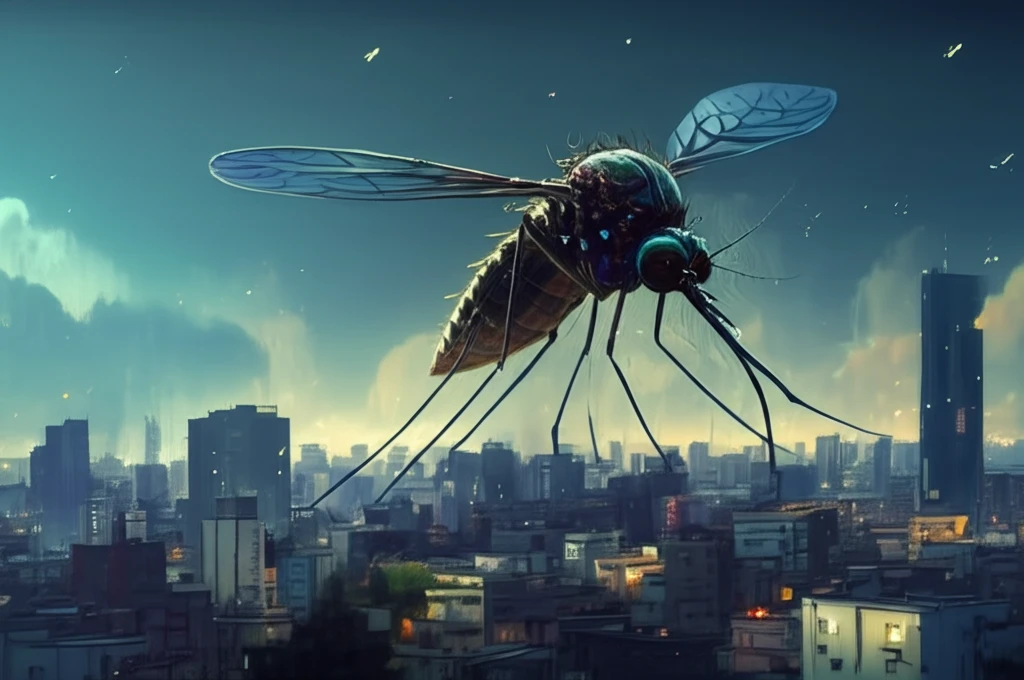
Mosquitoes and Disease: A Comprehensive Guide to Vector-Borne Illnesses
"Uncover the world of disease-carrying insects: Learn about vector-borne illnesses, mosquito biology, and how to protect yourself and your loved ones."
Insects, often unnoticed, play a significant role in transmitting diseases that affect millions worldwide. Vector-borne diseases, spread by insects like mosquitoes, ticks, and fleas, account for a substantial portion of infectious illnesses globally. Understanding these vectors and the diseases they carry is crucial for public health and individual protection.
Mosquitoes, in particular, are notorious vectors, responsible for transmitting diseases such as malaria, dengue fever, Zika virus, and West Nile virus. These diseases pose significant threats to human health, especially in tropical and subtropical regions. The impact extends beyond immediate health concerns, affecting economies and straining healthcare systems.
This article delves into the world of disease-carrying insects, focusing on mosquitoes and the illnesses they transmit. We will explore mosquito biology, the diseases they vector, preventive measures, and ongoing research efforts to combat these threats. By understanding these aspects, you can better protect yourself and contribute to broader public health initiatives.
Understanding Mosquito Vectors and Diseases

Mosquitoes are more than just a nuisance; they are carriers of some of the world's most devastating diseases. The ability of mosquitoes to transmit pathogens from one host to another makes them a significant public health concern. Key species like Aedes aegypti, Anopheles albimanus, and Culex quinquefasciatus are responsible for spreading a wide range of illnesses. Each species has unique behaviors and habitats, influencing the diseases they transmit and the regions they affect.
- Aedes aegypti: Dengue fever, Zika virus, chikungunya, and yellow fever.
- Anopheles albimanus: Malaria.
- Culex quinquefasciatus: West Nile virus and lymphatic filariasis.
Protecting Yourself and the Community
Combating mosquito-borne diseases requires a multifaceted approach, combining personal protection measures with community-wide interventions. Simple steps can significantly reduce the risk of mosquito bites and disease transmission. These include using insect repellent, wearing protective clothing, and eliminating standing water around your home. Community efforts, such as mosquito control programs and public health education, play a crucial role in reducing mosquito populations and raising awareness.
